Math - TEAS, TEAS- Math
1/88
There's no tags or description
Looks like no tags are added yet.
Name | Mastery | Learn | Test | Matching | Spaced |
|---|
No study sessions yet.
89 Terms
Order of Operations (PEMDAS)
Parenthesis
Exponents
Multiplication
Division
Addition
Subtraction
Whole Numbers
1,2,3,4, etc..
Steps for Solving Word Problems
1. Read Problem Carefully
2. Determine whats being asked
3. Underline the Important information
4. Set up Problem
5. Solve Problem
6. Check Answer
Mixed Numbers
Number that represents the sum of a whole number and a proper fraction
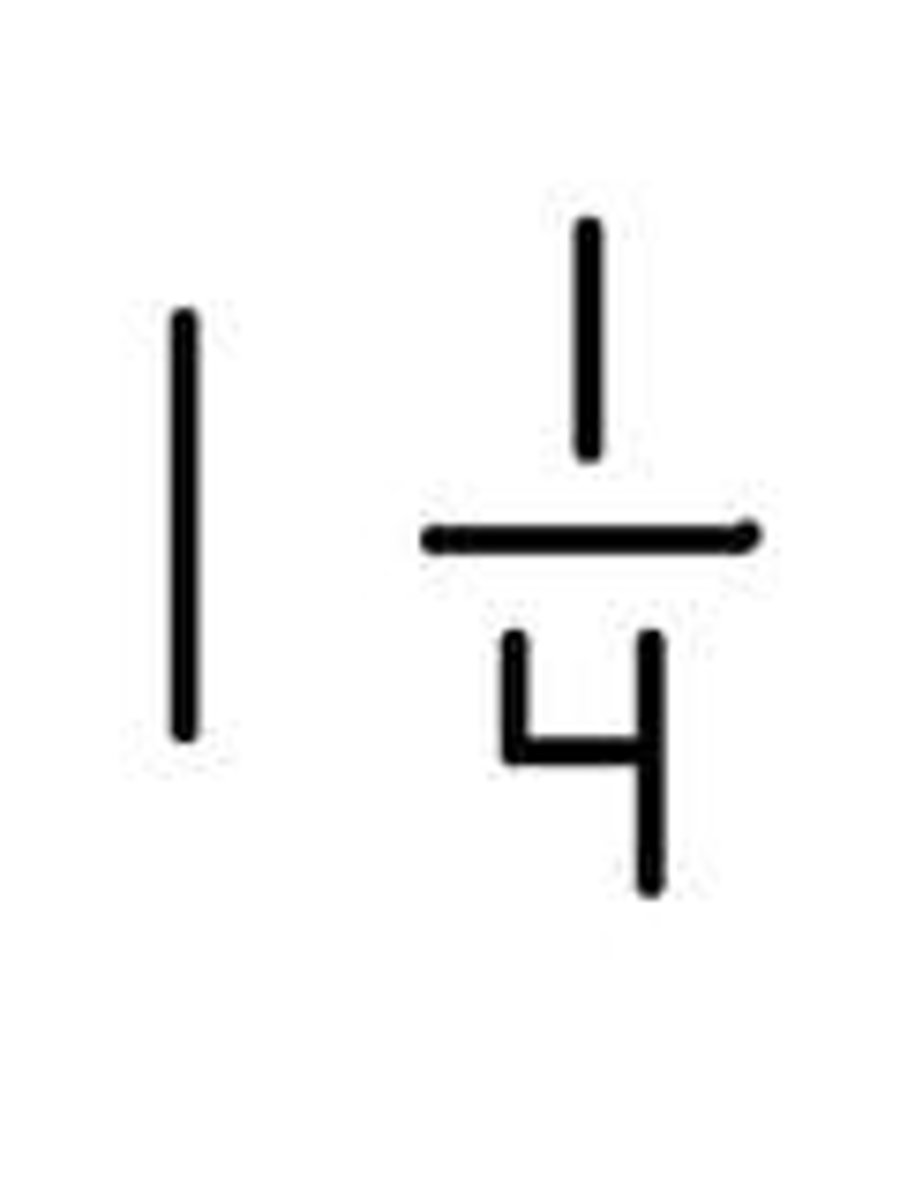
Improper Fraction
fraction whose numerator is larger than its denominator
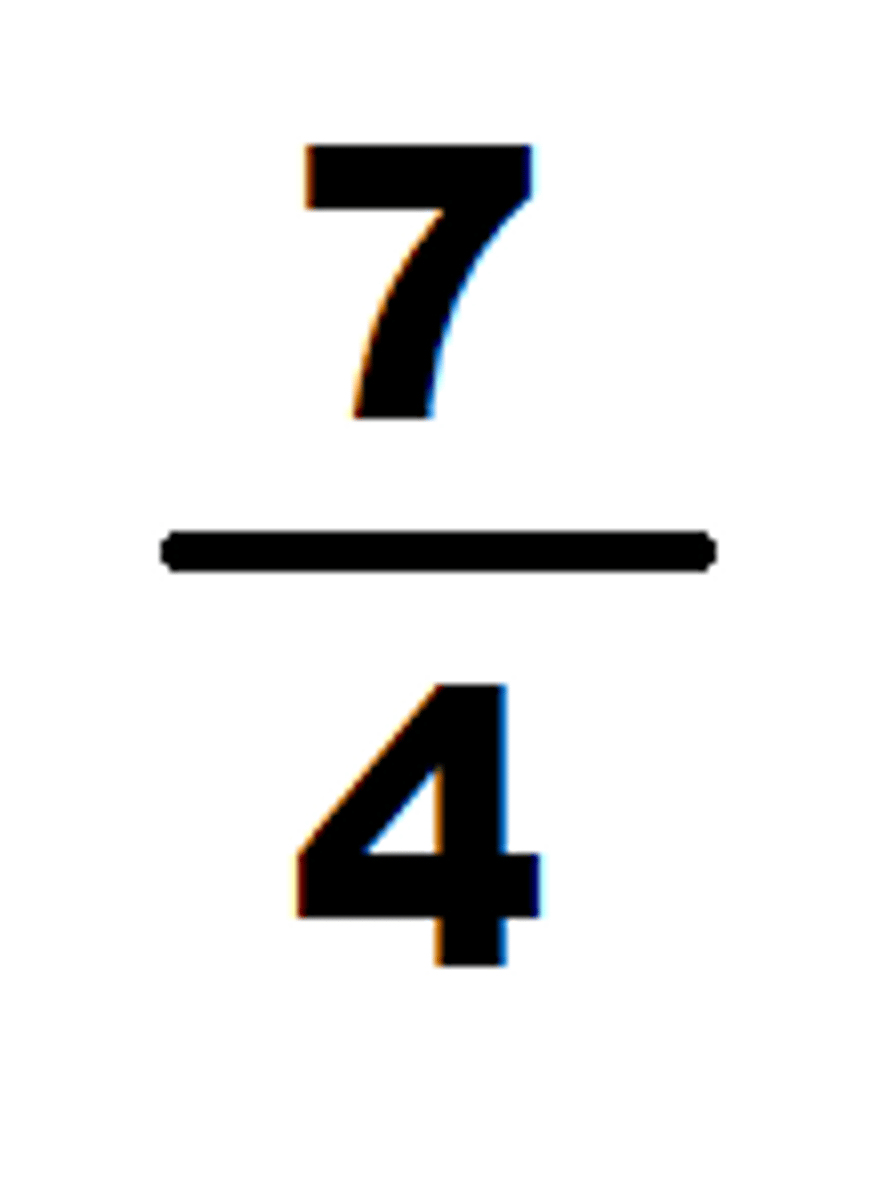
Proper Fraction
fraction whose numerator is less than its denominator
Least Common Denominator (LCD)
smallest common multiple of the denominators; the least number that both denominators divide into evenly
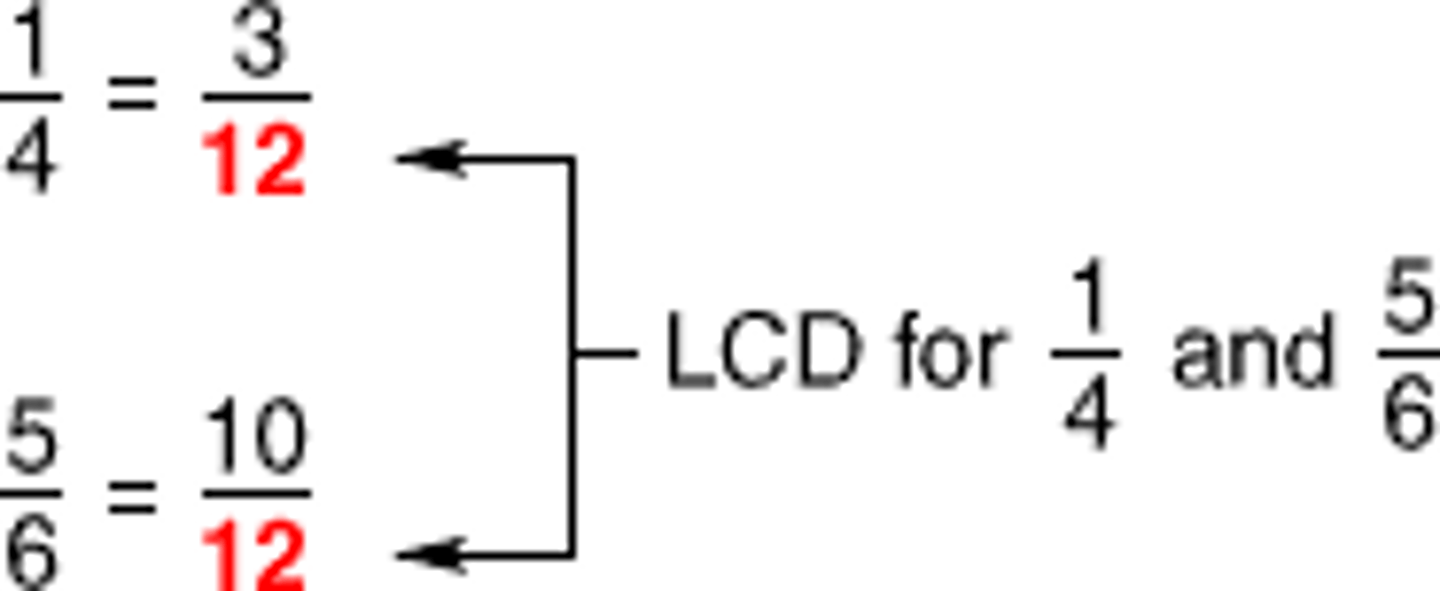
Simplified Fraction
fraction in its simplest form
Steps for Multiplying decimals
1. Set up numbers as if they were whole numbers
2. multiply the numbers
3. count the number of decimal places in the factors
4. start from the right and move the decimal the number of decimal places you counted in step 3
5. place the decimal
Steps for Dividing Decimals
1. set up the problem to be an equivalent in which the divisor is a whole number by moving the decimal in the dividend the same number of places that you moved the decimal in the divisor
2. when doing long division place the decimal in the quotient directly above the decimal point in the dividend
3. divide as if it were a whole number
Real Number
number that appears on the number line as either a rational number or an irrational number
Rational Number
any real number that can be written as a fraction, terminating decimal, or repeating decimal
Irrational Number
numbers that can be written as fractions, square roots, cube roots, and pi *not all roots are irrational
Calculating Percents
1. change written statement into a math equation
2. solve for the unknown quantity
3. rewrite the statement and makes sure that the answer is reasonable
Percent increase/decrease
Percent Increase = original value-new value/original value x 100
Percent Decrease = new value-original value/original value x 100
Fractions to Decimals
divide numerator by denominator
Decimals to Fractions
1. write the digits of the decimal number in the numerator of the fraction
2. write a number that is the power of 10 as the denominator, the number should have as many zeroes as there are decimal places to the right of the decimal
3. write the decimal fraction in simplest form
Fraction to Percent
convert fraction to decimal then multiply by 100
Percent to Fractions
1. remove %
2. write the number from step 1 in the numerator and write 100 as the denominator
3. simplify
Percent to Decimal
divide by 100 or just move decimal to the left 2 places
Decimals to Percent
multiply by 100 or just move the decimal to the right 2 places
Estimation/Approximate Values
round the numbers so that there is only on nonzero digit in each number
Reconciliation of a Checking/Savings Account
1. add up all the deposits
2. add up all the checks
3. add the total deposits amount to the previous balance
4. subtract the total checks amount from the current balance
5. add the interest amount
Calculation of Take-home Pay
add all the deductions together and subtract that amount from the beginning salary
Cost of given set of items
select items to be purchased and add the costs together
Materials & Costs of Planning an Event
1. multiply the number of people attending by each of the items they will be receiving and add those results together
2. if all the guest are receiving the same things add all the items together and multiply by the number of people
One or 2 step Word Problems with Fractions/Decimals
-when add/sub fractions remember to use common denominator
-when add/sub decimals remember to line-up decimals
Word Problems involving Percents
1. write the question as a "what part of a whole is the part?" statement
2. Then follow these steps:
-change statement to math equation (of=x, is=equals, use decimal form of %)
-solve for unknown quantity
-rewrite statement and make sure answer is reasonable
Ratios
express the relationship between two quantities, written as fractions, with an colon, or words
Proportion
states that two ratios are equal; numerators must be in the same units and the denominators must be in the same units
units of an item/units of a different item = units of an item/units of a different item *cross multiply
Rate of change
use proportions to determine the difference in completion times for a given task
Roman Numeral system
system of writing numbers using a combination of M, D, C, L, X, V, and I
Arabic Numeral System
system of writing numbers using a combination of 0, 1, 2, 3, 4, 5, 6, 7, 8, 9
Changing Roman Numerals to Arabic
1. write from left to right as a sum
2. begin with largest possible value: M=1,000, D=500, C=100, L=50, X=10, V=5, I=1
3. when I, X, or C is used to the left of a larger value, subtract its value from the larger value
Changing Arabic Numerals to Roman
1. write from left to right
2. take each place value and change to a Roman Numeral
3. I, X, and C may be written two or three times to indicate subtraction from the larger values
4. Use I, X, or C to the left of larger values to indicate subtraction from the larger values
5. V, L, and D are never used to the left of a larger value
6. V, L, and D are never used more than one time
Metric System
system of measurement based on prefixes, and every prefix responds to a power of 10; every unit has a root word
Units of the Metric System
Length - Meter (m)
Volume- Liter (L)
Weight - Gram (g)
Common Metric Prefixes
Kilo (k) - 1,000
Hecto (h) - 100
Deka (da) - 10
Deci (d) - 1/10
Centi (c) - 1/100
Milli (m) - 1/1000
Conversions between English & Metric Measurements
Length-
1 in = 2.54 cm
1 km = 1,000 m = 0.62 miles
1 m = 39.37 in
1 cm = 0.394 in
1 mile = 1,609 m
1 yard = 0.914 m
Weight-
1 kg = 2.2 lbs
1 oz = 28 g
1 lb = 0.45 kg
Volume-
1 L = 1.06 qts
1 oz = 30 mL
1 teaspoon = 5 mL
1 qt = 0.95 L
1 gal = 3.785 L
English Measurement
Length-
1 ft = 12 in
1 yd = 3 ft
1 mile = 5,280 ft
Volume-
1 cup = 8 oz
1 pint = 2 cups
1 qt = 2 pints
1 gal = 4 qts
Weight-
1 lb = 16 oz
1 ton = 2,000 lbs
Metric Measurement
Length-
1 millimeter - 0.001 meters
1 Centimeter - 0.01 meters
1 decimeter - 0.1 meters
1 meter - 1 meter
1 dekameter - 10 meters
1 hectometer - 100 meters
1 kilometer - 1,000 meters
Volume- same as length just in liters
Weight- same as length just in grams
Independent Variable
variable put into the set of data (input)
Dependent Variable
the output based on the input
Line graphs
shows changes over a period of time or compares the relationship between two quantities
Circle Graph (pie graphs)
circular graph divided into sections representing the frequency of an event
Bar graphs & histograms
used to compare frequencies of an event; histogram bars touch and bargraphs do not
Tables
useful for organizing data
Constant
quantity that does not change
Coefficient
numerical part of a term; the number that is being multiplied to the variable
Expression
one or more terms consisting of any combination of constants and/or variables
Variable
an unknown quantity in an expression, usually in the form of a letter
Like Terms
terms that have the same variable and with the same exponent
Degree
the exponent or sum of exponents of the variable of a term
Divisor
the denominator in a division problem
Dividend
the numeral in a division problem
Quotient
the answer to the division problem
Symbols & their Meanings
= - is, was, measures, becomes
< - less than, no greater than
< with line under it - less than or equal to, is at most
> - greater than, is more than
> with line under it - greater than or equal to, is at least
- - less than
+ - more than
2 - twice
Addition Principle
rule that makes it possible to move terms from one side of the equation to the other by adding opposites to each expression
Multiplication Principle
rule that makes it possible to isolate the variable in an equation by multiplying both expressions by the reciprocal of the variables coefficient
Steps to Solve Equations
1. use distributive property to get rid of any parenthesis
2. if there are fractions get rid of them by multiplying by the LCD
3. use the addition principle to move like terms together on both sides of the equation
4. use the multiplication principle to isolate the variable by multiplying both sides of the equation by the reciprocal of the coefficient of the variable
5. Check solution
Absolute Value
a numbers distance from zero on a number line
denominator
the number on the bottom of a fraction
numerator
the number on the top of a fraction
integer
a whole number
order of operations
1. parenthesis
2.multiplications and divisions
3. additions and subtractions
common denominator
a denominator that all fractions in a set can be made equivalent to so you can add and subtract
irrational number
A number whose decimal form is nonterminating and nonrepeating. Irrational numbers can't be expressed as fractions.
rational number
a number that can be expressed as a fraction
erroneous
incorrect
extraneouss
irrelevant
cartesian coordinate
a set of two or three numbers used to specify a point on a plane or space
Mean
average
median
middle value
mode
most frequent
unimodal
a symmetrical distribution with a single clear peak
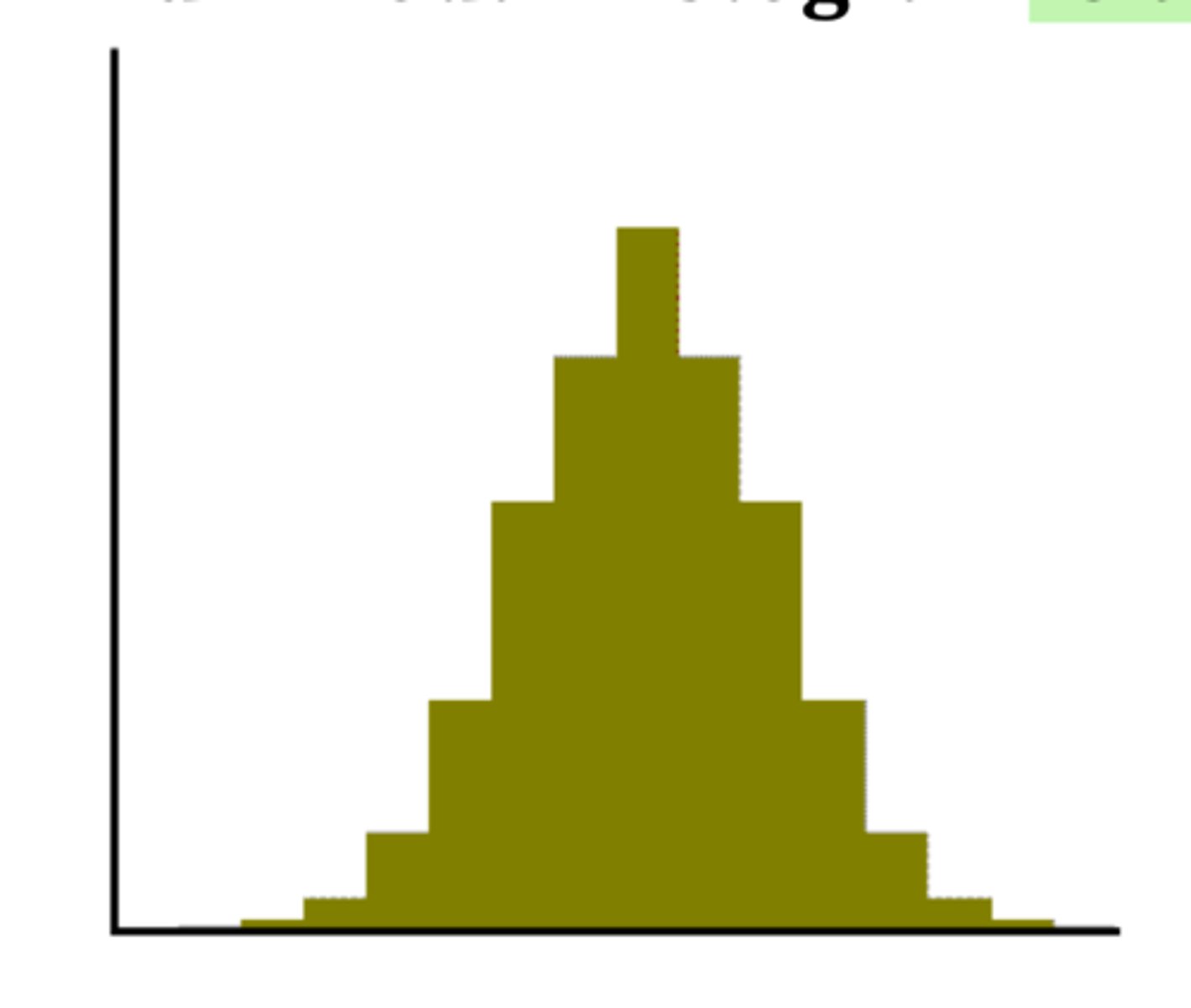
bimodal
a symmetrical distribution with two clear peaks
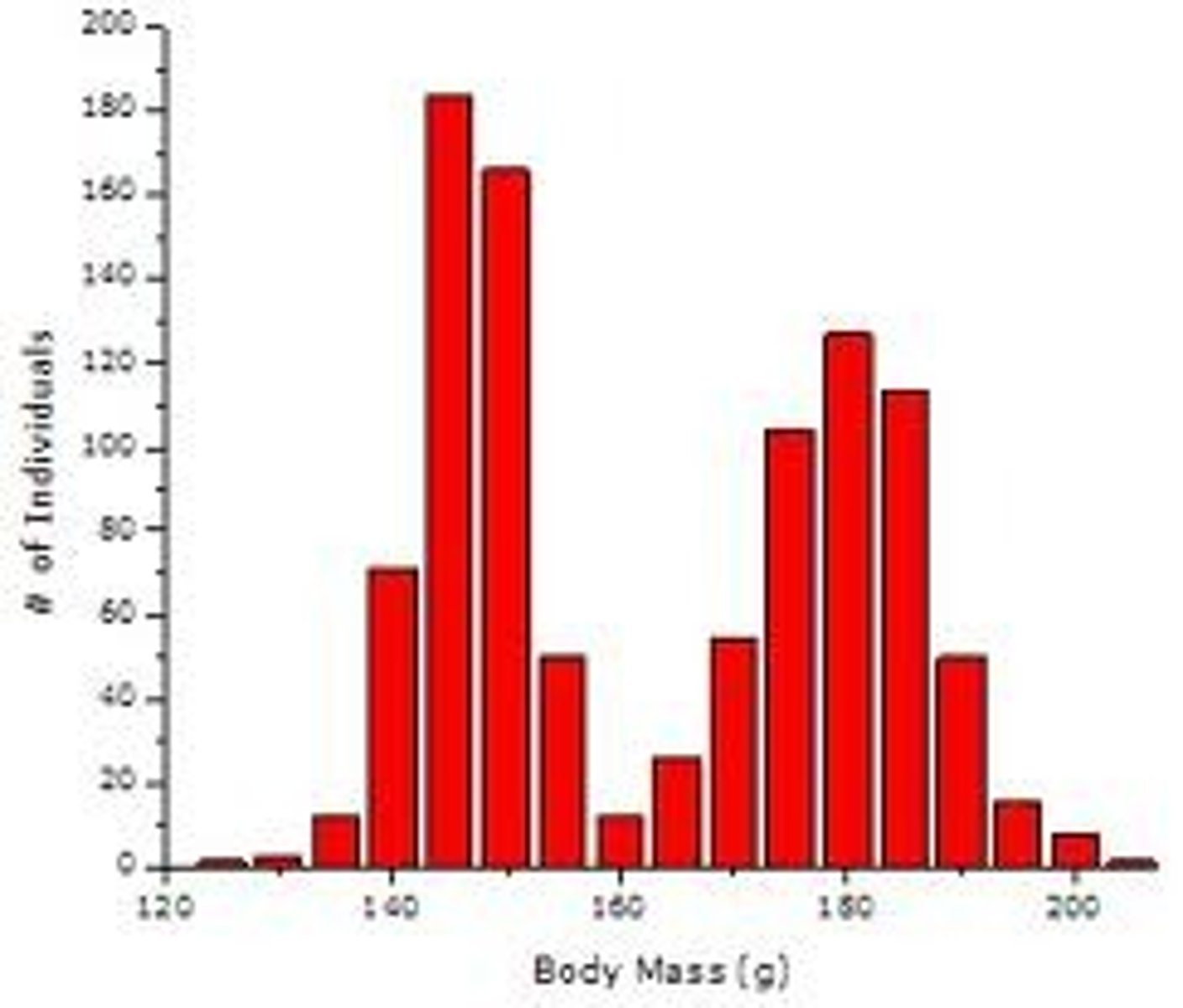
Bell shaped- normal graph
symmetrical distribution that has a singe peak at the center
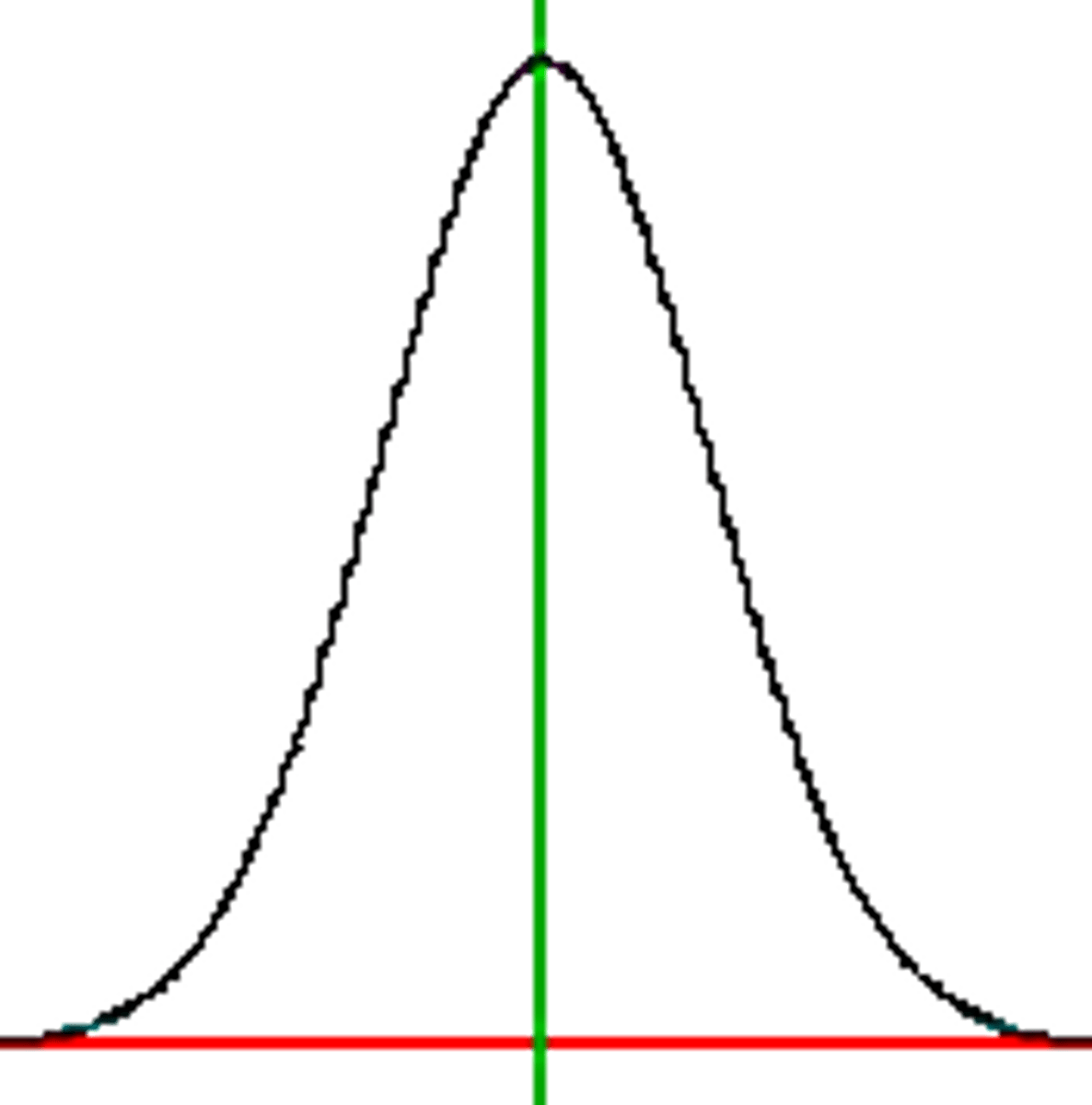
skewed right
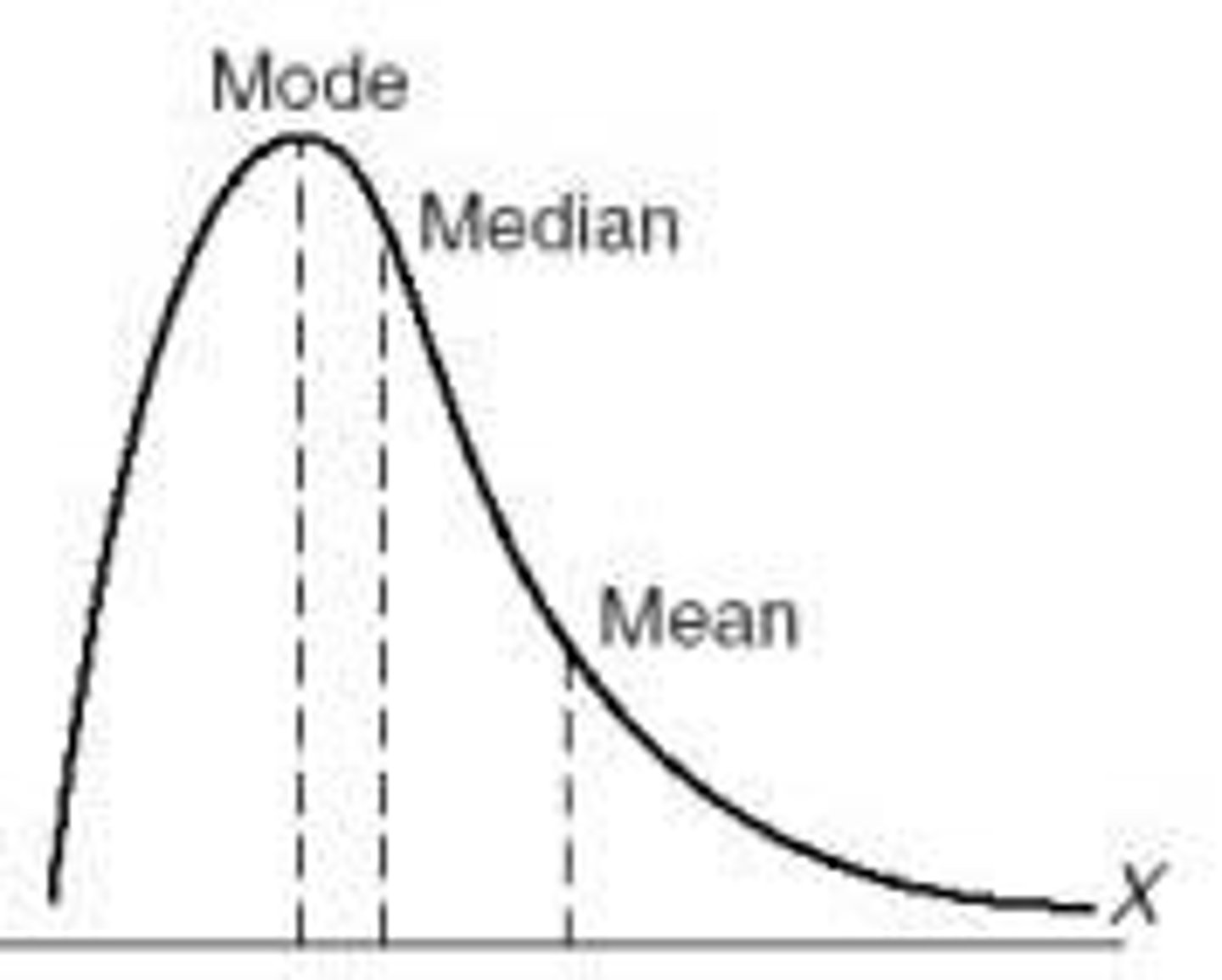
skewed left
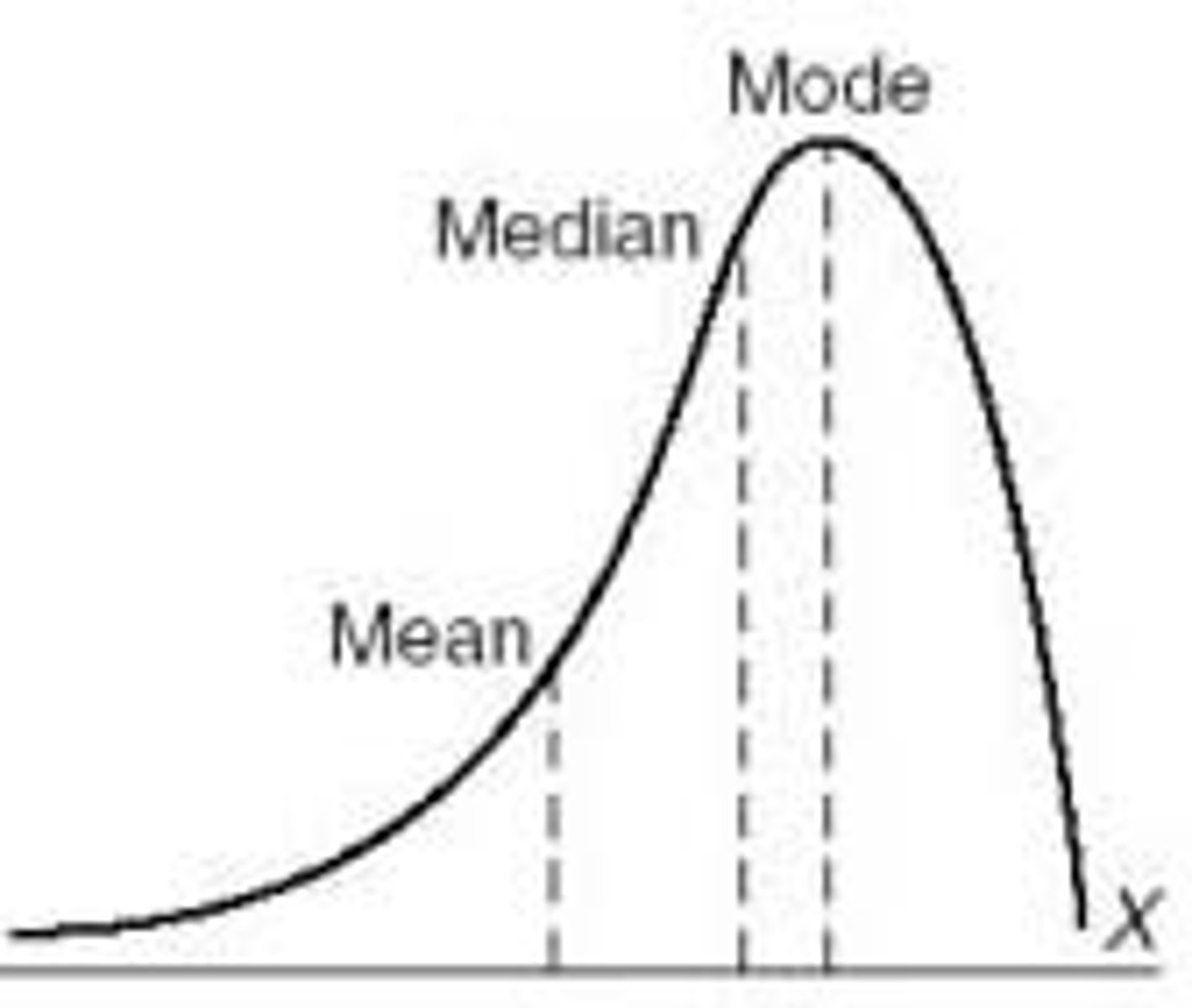
square formula
A= l*l
rectangle formula
A= l*w
triangle formula
A= .5 baseheight
parallelogram formula
A=height*base
trapezoid formula
A= .5height (base 1+ base 2)
circle formula
A= pi* radius^2
rhombus formula
A= .5 diagonal 1 diagonal 2
perimeter
distance around a two dimensional shape
subtend
form an angel at a particular point on an arc
surface area
the total area that covers a 3D object